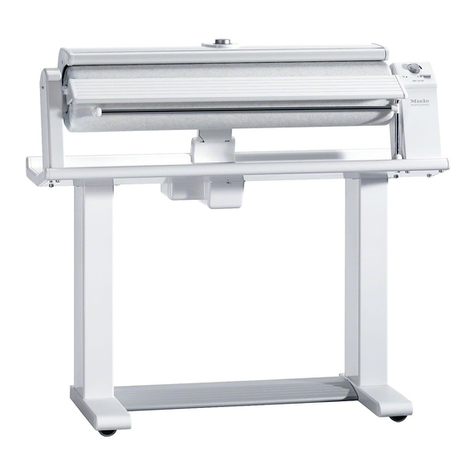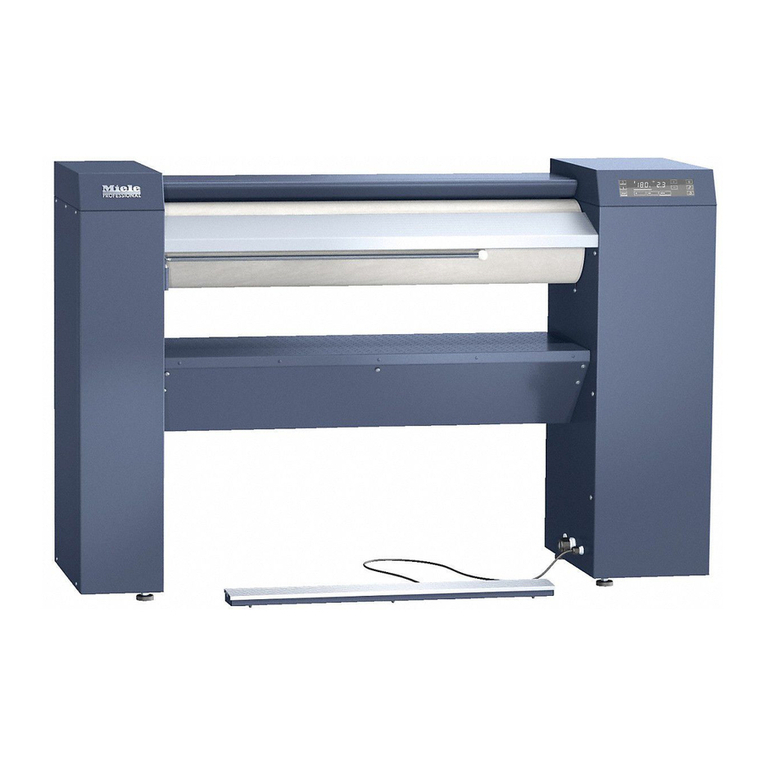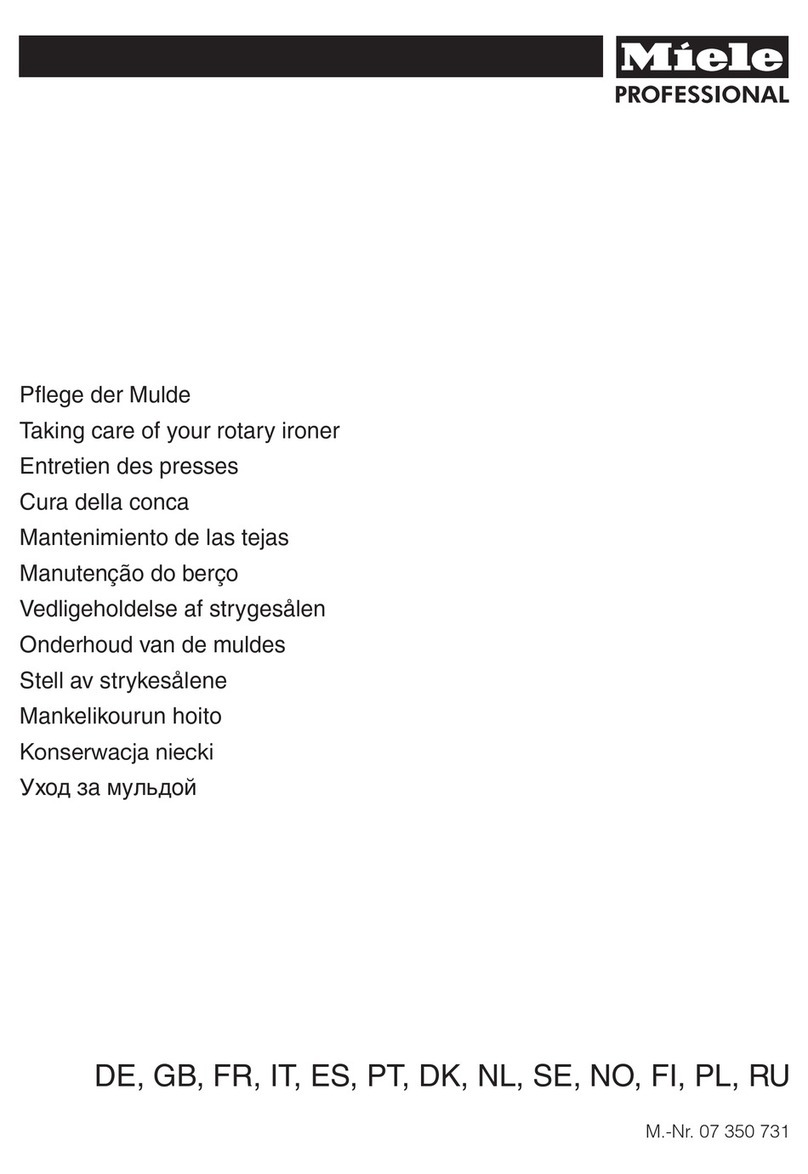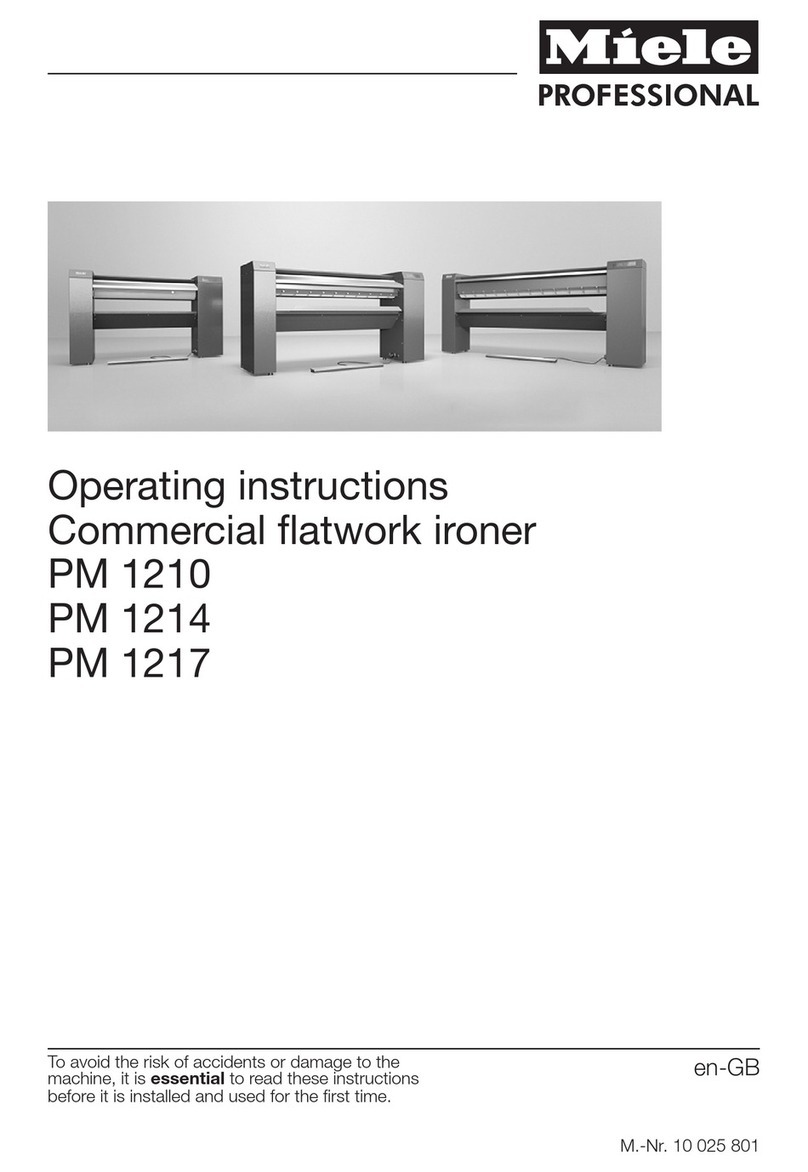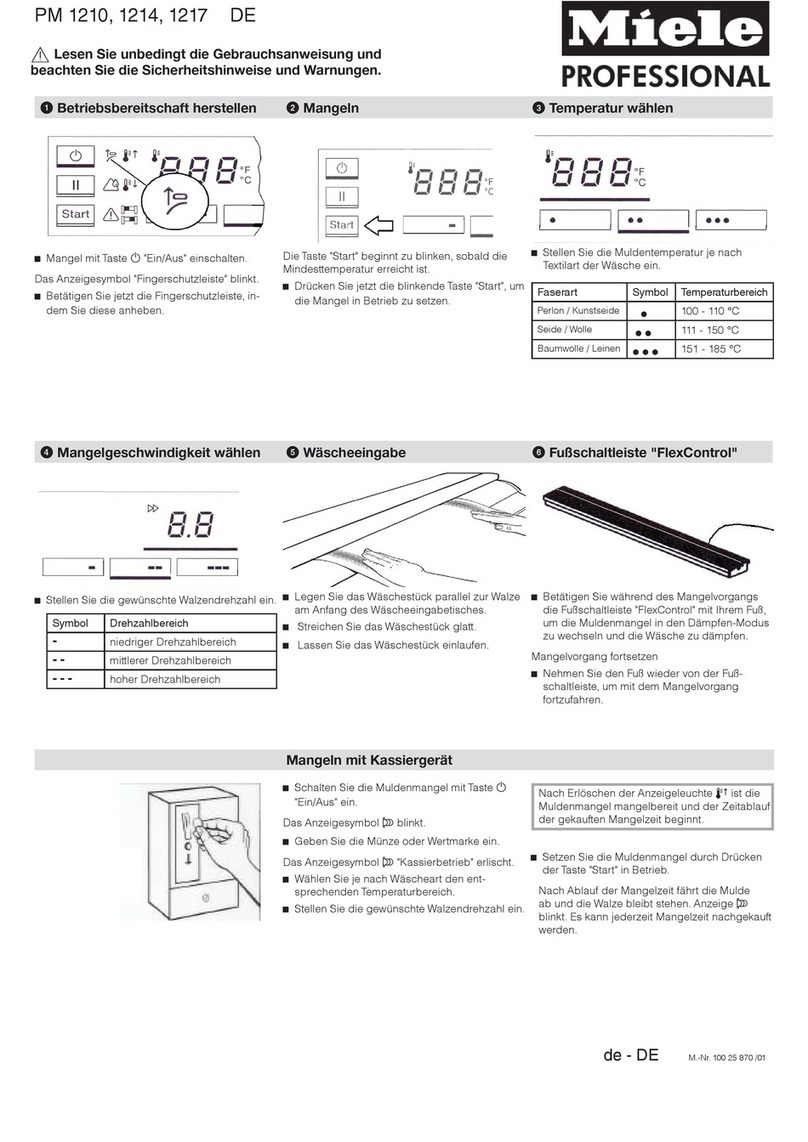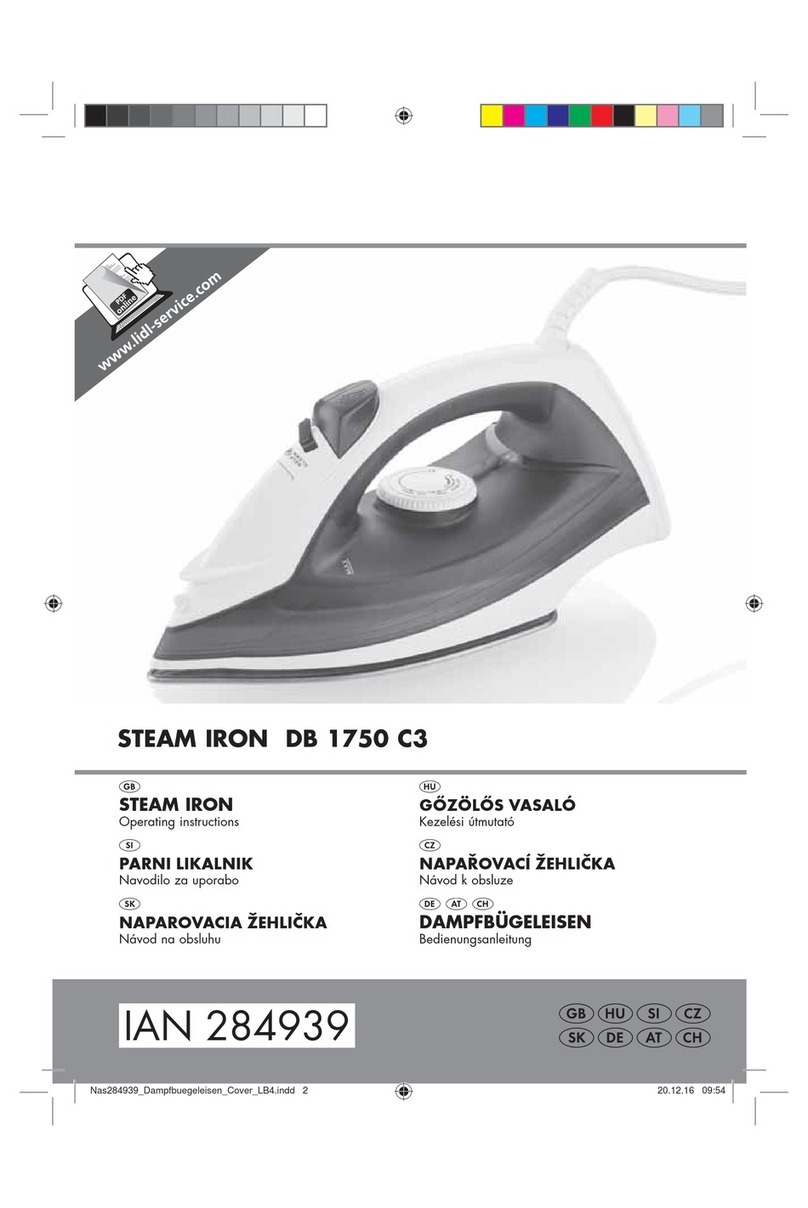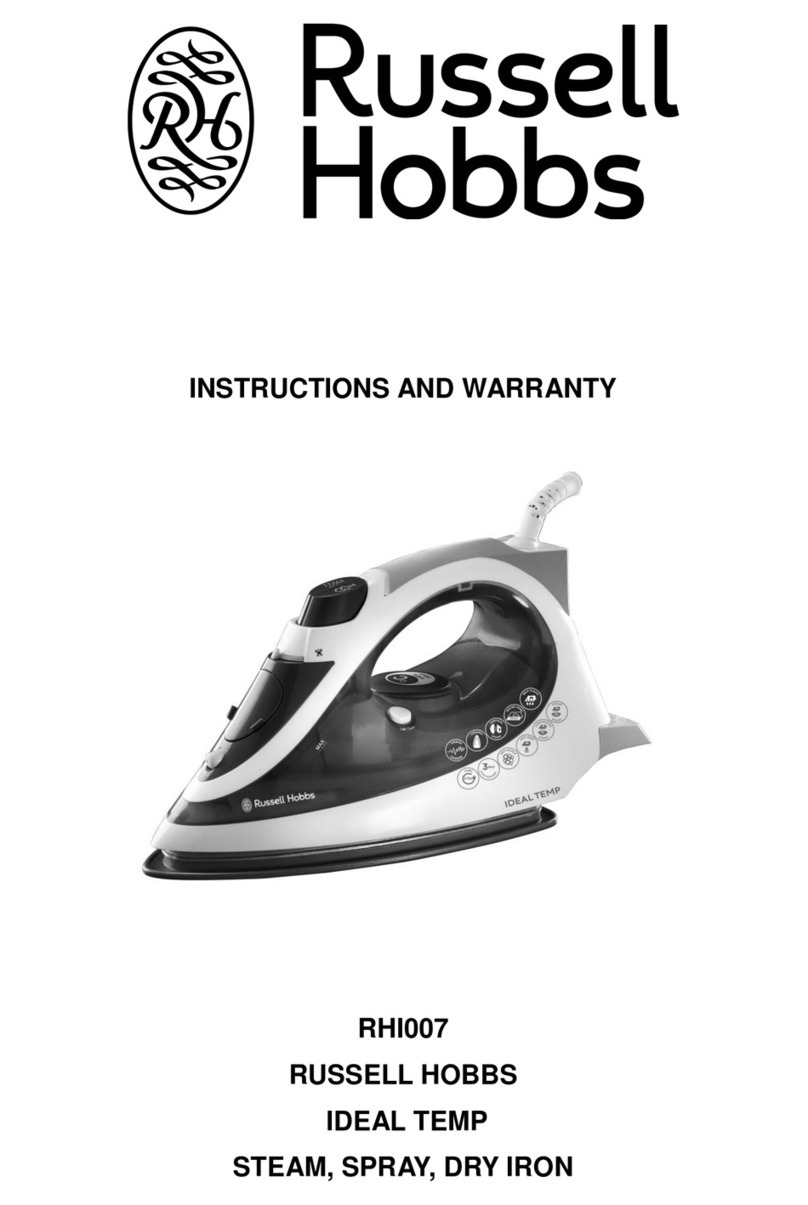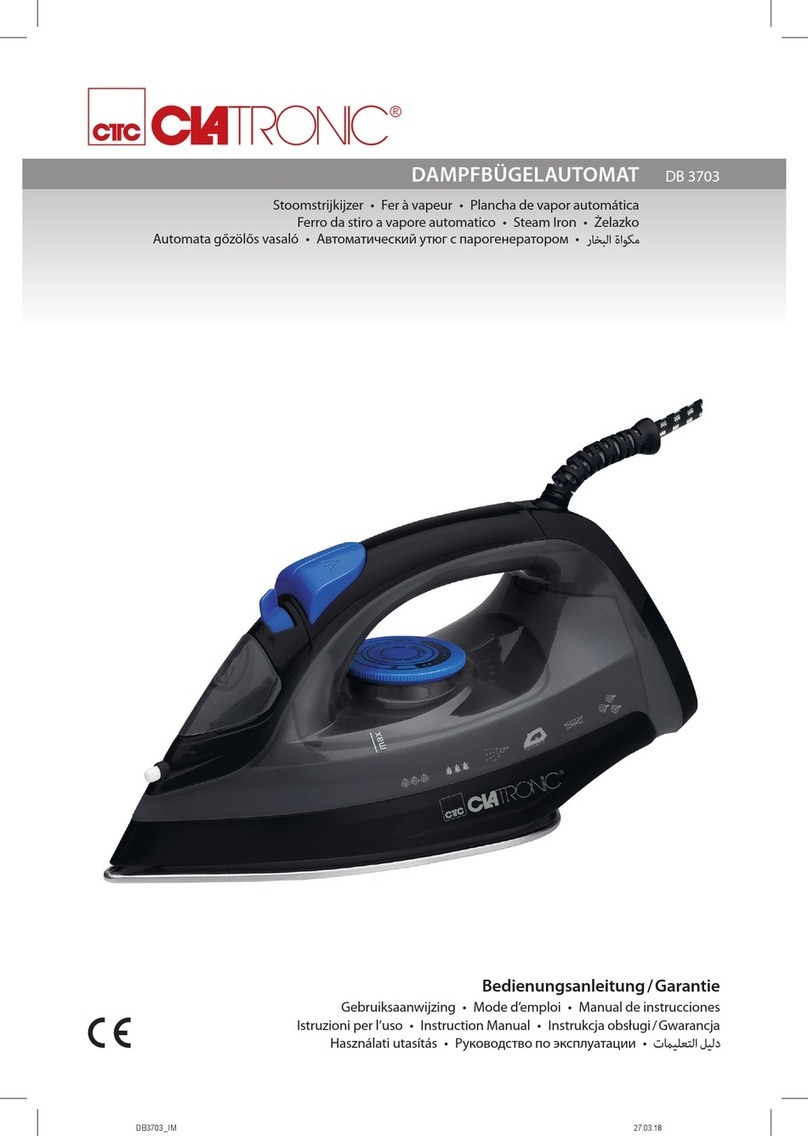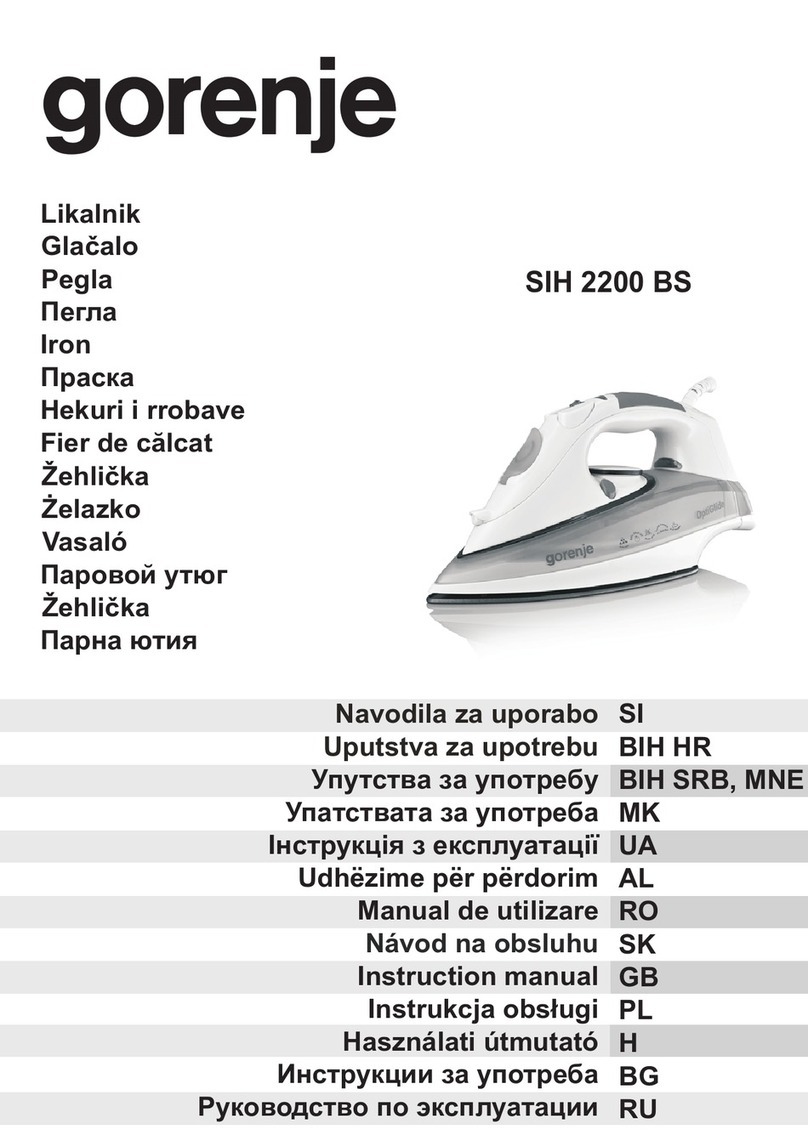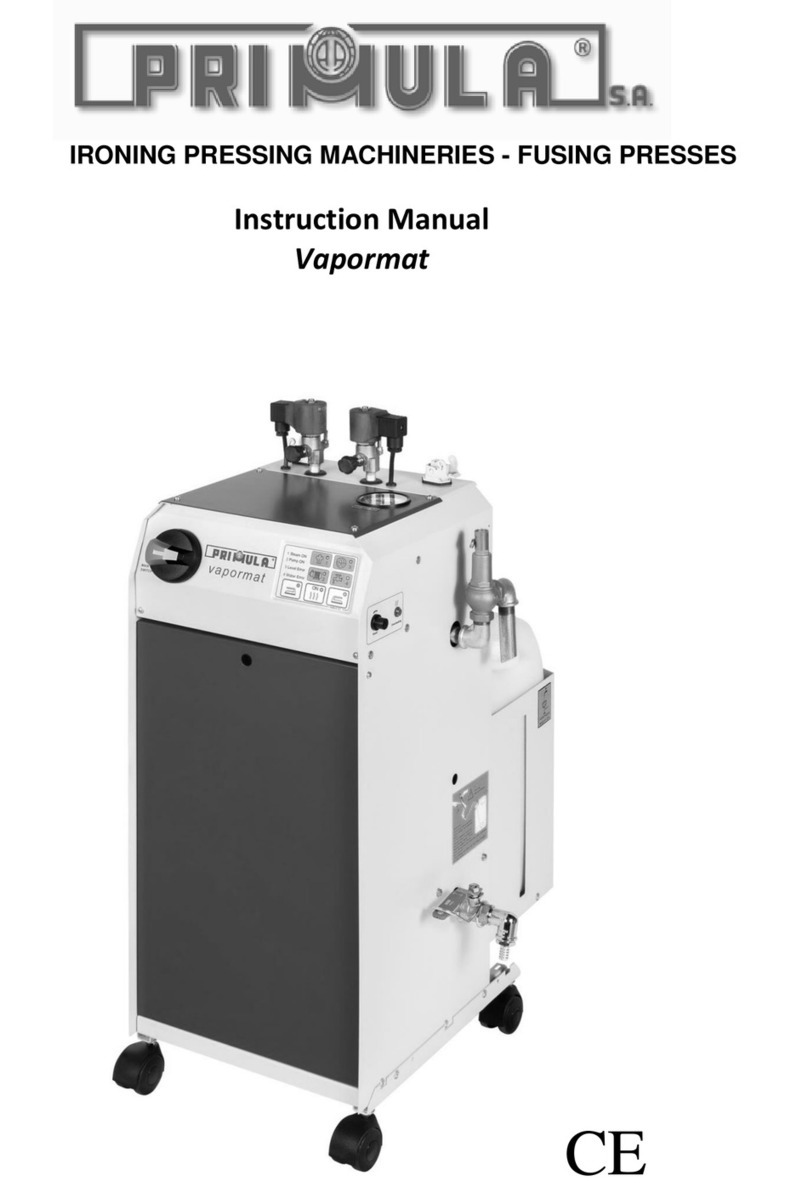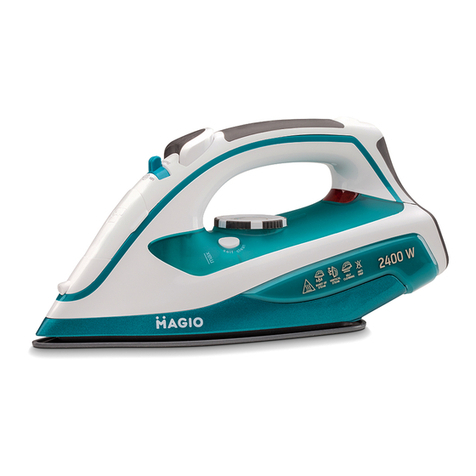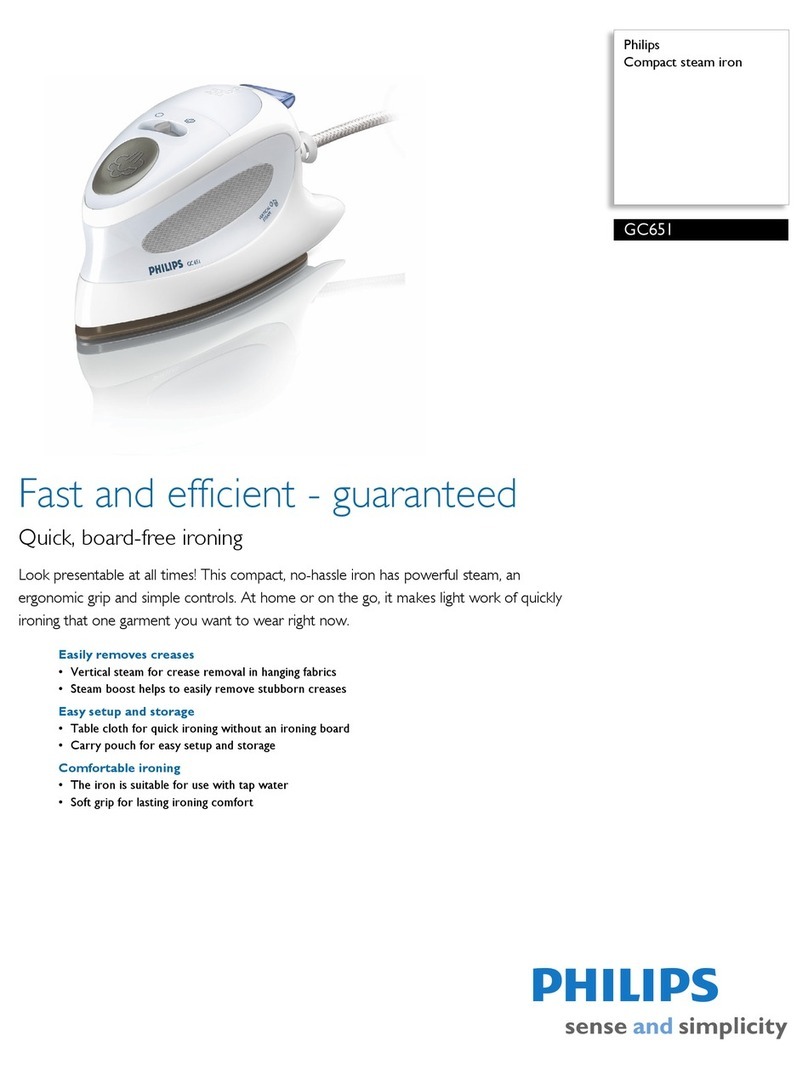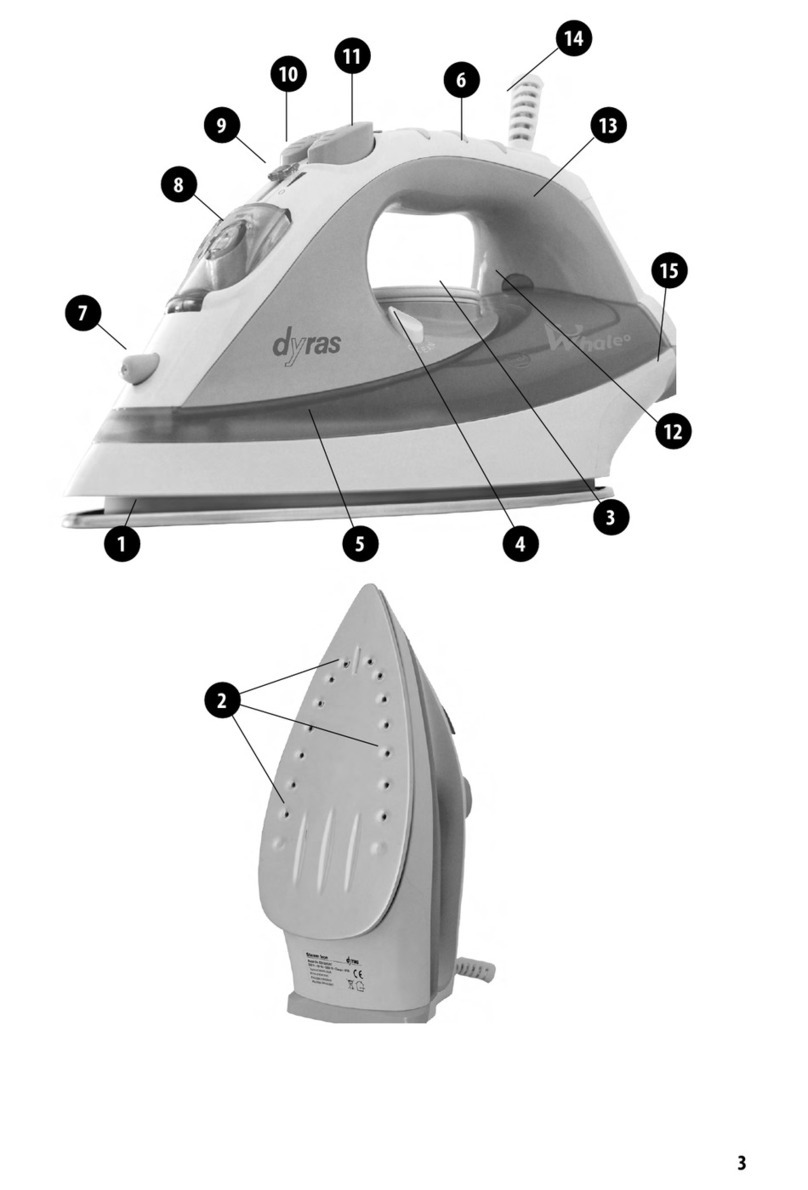
Contents
2
Warning and Safety instructions........................................................................................4
Appropriate use..................................................................................................................... 4
Take these safety precautions if you smell gas ............................................................... 4
Technical and electrical safety ............................................................................................. 5
Use of the appliance ............................................................................................................. 5
Using accessories ................................................................................................................ 6
Notes on the use of this ironer ............................................................................................. 6
Caring for the environment ................................................................................................8
Guide to the machine..........................................................................................................9
Appliance overview ............................................................................................................... 9
Touch display ...................................................................................................................... 10
Display symbols .................................................................................................................. 12
Finger guard ........................................................................................................................ 13
Emergency switch-off ......................................................................................................... 14
Using for the first time ......................................................................................................15
Cleaning and waxing before use......................................................................................... 15
Preparing the laundry........................................................................................................16
Only iron suitable fabrics..................................................................................................... 16
Residual moisture................................................................................................................ 16
Sorting the laundry .............................................................................................................. 16
Using the ironer .................................................................................................................17
Making the appliance ready for use .................................................................................... 17
Ironing.................................................................................................................................. 17
Ironing temperature ........................................................................................................ 17
Setting the ironing temperature...................................................................................... 18
Changing the value of a temperature selection button .................................................. 18
Speed of ironer............................................................................................................... 18
Setting the ironer speed ................................................................................................. 19
Changing the value of a roller speed selection button................................................... 19
Saving and loading favourites ........................................................................................ 19
Feeding in laundry .......................................................................................................... 20
Picking laundry out of the ironer .................................................................................... 20
Pausing the ironing process ........................................................................................... 21
ECO mode...................................................................................................................... 21
Standby mode................................................................................................................ 21
“FlexControl” foot switch ............................................................................................... 21
Stopping ironing .................................................................................................................. 21
Preventing running while unloaded ..................................................................................... 22
Continuing ironing after a power outage............................................................................. 22
Fault messages ................................................................................................................... 22
Cleaning and care .............................................................................................................23
Cleaning the heater plate .................................................................................................... 23
Starting the cleaning programme ................................................................................... 23
Using the cleaning cloth................................................................................................. 23
Waxing the heater plate....................................................................................................... 25
Starting the waxing programme ..................................................................................... 25
Using the ironer waxing cloth and ironing wax .............................................................. 25
Padding instructions............................................................................................................ 26
